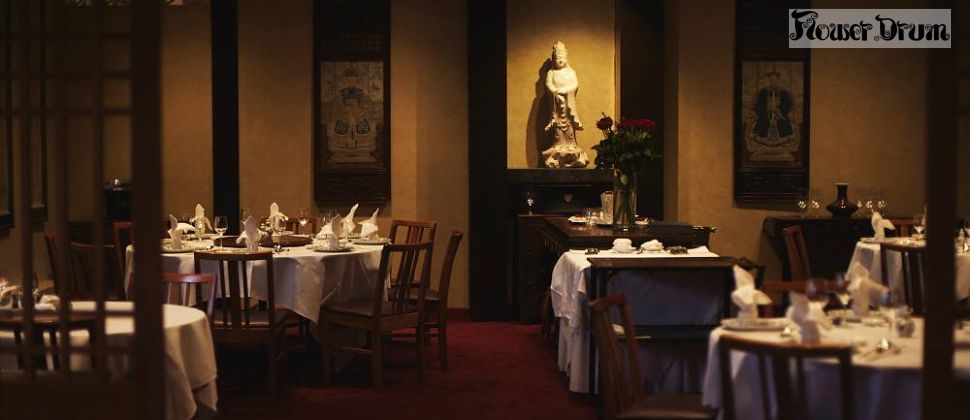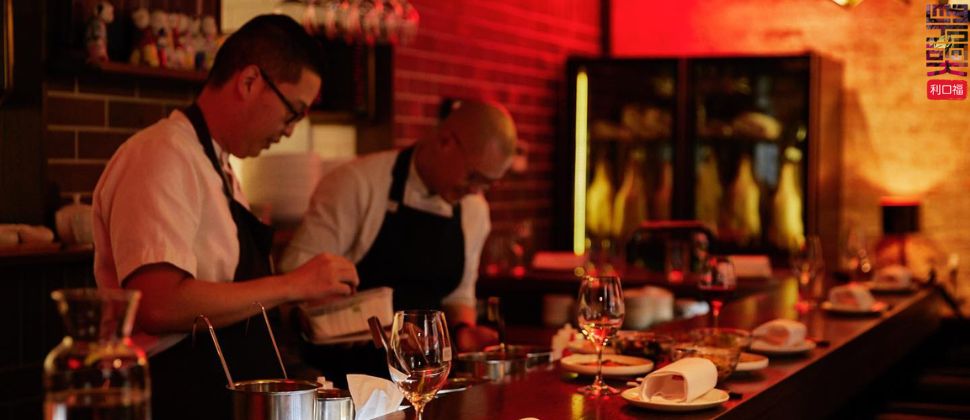1. RuYi Modern Chinese

⚙️ Services
| Kerbside Pickup | Food Delivery |
| Food Takeaway | Dine-In |
⚙️ Payment
| Cash | Visa |
| Mastercard | |
🕒 Working Hours
| Monday | Open for events & functions |
| Tuesday | 6.00pm – 10.00pm |
| Wednesday | 5.00pm – 10.00pm |
| Thursday | 5.30pm – 10.00pm |
| Friday | 5.30pm – 10.00pm |
| Saturday | 5.00pm – 11.00pm |
| Sunday | Open for events & functions |
2. Flower Drum Restaurant Melbourne

⚙️ Services
| Kerbside Pickup | Food Delivery |
| Food Takeaway | Dine-In |
⚙️ Payment
| Cash | Visa |
| Mastercard | |
🕒 Working Hours
| Monday | 12–3pm|6–11pm |
| Tuesday | 12–3pm|6–11pm |
| Wednesday | 12–3pm|6–11pm |
| Thursday | 12–3pm|6–11pm |
| Friday | 12–3pm|6–11pm |
| Saturday | 12–3pm|6–11pm |
| Sunday | 12–3pm|6–11pm |
3. Sun Wah

⚙️ Services
| Kerbside Pickup | Food Delivery |
| Food Takeaway | Dine-In |
⚙️ Payment
| Cash | Visa |
| Mastercard | |
🕒 Working Hours
| Monday | Closed |
| Tuesday | Closed |
| Wednesday | Closed |
| Thursday | 6–10pm |
| Friday | 6–10pm |
| Saturday | 6–10pm |
| Sunday | 6–10pm |
4. The Albert Park Hotel

⚙️ Services
| Kerbside Pickup | Food Delivery |
| Food Takeaway | Dine-In |
⚙️ Payment
| Cash | Visa |
| Mastercard | |
🕒 Working Hours
| Monday | 12pm–12am |
| Tuesday | 12pm–12am |
| Wednesday | 12pm–12am |
| Thursday | 12pm–1am |
| Friday | 12pm–1am |
| Saturday | 12pm–1am |
| Sunday | 12pm–12am |
5. Lee Ho Fook

⚙️ Services
| Kerbside Pickup | Food Delivery |
| Food Takeaway | Dine-In |
⚙️ Payment
| Cash | Visa |
| Mastercard | |
🕒 Working Hours
| Monday | Closed |
| Tuesday | Closed |
| Wednesday | 6–10:30pm |
| Thursday | 6–10:30pm |
| Friday | 12–4pm, 6–10:30pm |
| Saturday | 11am–4pm, 6–10:30pm |
| Sunday | 11am–4pm |
Q.1 Why Is Chinese Food So Popular In Australia?
A. Chinese food has become so popular in Australia partly because it is a major gateway to multicultural cuisine. Over the years, due to its cultural diversity and acceptance, dishes from around the world have been embraced by Australians of all backgrounds. Chinese food is no exception, with its broad range of flavors and health benefits that make it a favorite among diners. Furthermore, its affordability and accessibility are factors that add to why people love it so much.
Q.2 What Is Unique About Chinese Food?
A. Chinese food is unique because it relies heavily on regional cooking techniques and local ingredients to produce flavorful dishes. It also emphasizes adding flavors that complement each other, such as spicy and sweet, or sour and salty. Additionally, Chinese food often features healthy ingredients like fresh vegetables, whole grains, and lean meats.
Q.3 What Are The Top 10 Chinese Dishes?
A. The top 10 Chinese dishes are Sweet and Sour Pork, Egg Fried Rice, Kung Pao Chicken, Chow Mein, Mongolian Beef, Hot and Sour Soup, Mu-Shu Pork, Peking Duck, Szechuan Shrimp, and Mapo Tofu.
Q.4 What’s The Healthiest Chinese Food?
A. To keep your meals healthy when ordering Chinese food, look for dishes that are steamed, boiled, or stir-fried and opt for lean proteins like tofu and seafood. Try to stick to vegetables like bok choy, broccoli, and leafy greens as well as brown rice or noodles with low-sodium sauces.
Q.5 What Is The Lowest Calorie Chinese Meal?
A. Stir-fries can be a great way to enjoy a low-calorie Chinese meal. Combining lean proteins such as chicken, egg, or tofu with plenty of vegetables is a great way to get tons of flavor without going overboard on calories. Rice and noodles should be used in moderation because they are higher in carbohydrates, but they can still make a tasty addition to your meal.
Q.6 How Do Chinese Restaurants Show Respect?
A. Chinese restaurants often show respect in a variety of ways. These can include bowing to customers, maintaining a clean and well-organized restaurant, using quality ingredients, offering traditional dishes that embody Chinese culture, using polite language, and treating customers courteously. Additionally, many Chinese restaurants have friendly staff members that help create an enjoyable atmosphere for diners.
Q.7 Which Technique Is Used In Chinese Cuisine?
A. The techniques and processes used in traditional Chinese cuisine are unique, varied, and extend across thousands of years. Techniques like braising, steaming, poaching and stir-frying define the flavors of regional dishes from all corners of China. Other well-known techniques include red cooking (braising with soy sauce), dry frying (pan searing with no oil), and sautéing (cooking with vegetable oil).


